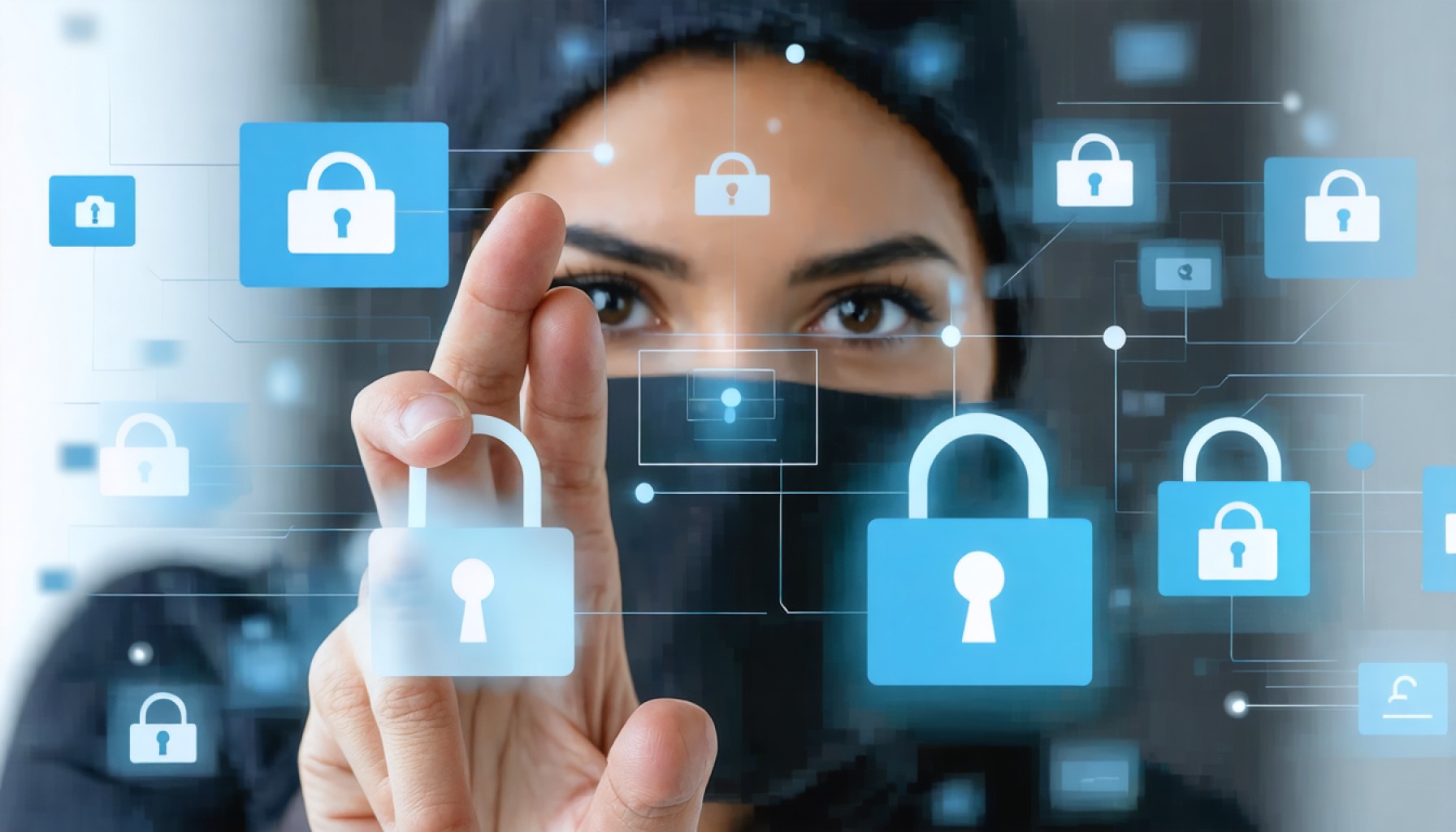- Digital platforms like TipRanks enforce rules to ensure fair use and safeguard their resources from suspicious activity.
- User activity exceeding 80 pages of the same type in a day may trigger a review, as it mimics bot-like behavior aimed at data scraping.
- Accounts flagged for suspicious activity typically experience temporary deactivation, with normal access restored within a day.
- Users are encouraged to maintain ethical data interaction practices to contribute to a secure online ecosystem.
- Prompt communication with the platform is suggested if account issues persist beyond the usual restoration period.
- Understanding and respecting digital boundaries is crucial as technology and data interaction evolve.
In a digital world teeming with billions of data interactions every second, the boundary between legitimate and suspicious activity blurs more frequently than we’d like. Imagine scanning through financial analytics, hungry for insights, when suddenly a halting message interrupts: “Suspicious Activity Detected.” The heart skips a beat. Questions flood the mind. What happened? Why me? The virtual landscape of platforms like TipRanks is designed to safeguard its resources, its rules carefully crafted to ensure fair use for all users.
To mitigate risks, platforms vigilantly monitor user interactions. A red flag often waves when a user accesses over 80 pages of the same type within a 24-hour frame. Such behavior, whether deliberate or accidental, can resemble the patterns emitted by bots or crawlers—automated tools programmed to scrape valuable data swiftly. While these tools serve legitimate purposes in some contexts, they can be misused to unfairly aggregate and exploit data.
Platforms, understanding the delicate balance between user experience and security, aim to remedy disruptions quickly. In most instances, accounts flagged for review undergo a brief hiatus, typically restored to full functionality within a day. Such precautions, though inconvenient, are vital for maintaining a secure ecosystem. Yet, if your account remains in limbo beyond this window, a direct outreach ensures your digital identity is not lost amidst the vast sea of information.
The key takeaway is vigilance: understanding the boundaries of platform use and recognizing the importance of ethical data interaction. By respecting these digital borders, users contribute to a safer, fairer online environment for everyone. As technology continues to evolve, so too must our understanding of its boundaries—ensuring our actions in the digital world are as responsible as those in the physical realm.
Is Your Digital Activity Compromising Security? Discover the Hidden Rules of Online Platforms
In today’s digital landscape, user interactions are an ever-evolving frontier. Platforms like TipRanks are at the forefront of ensuring that their resources remain secure for their users. However, the methods they employ are not always understood, leading to confusion and frustration. This article provides clarity, offering deeper insights into the mechanisms that safeguard digital spaces and how users can navigate them responsibly.
Understanding Activity Monitoring in the Digital Realm
In efforts to maintain a secure ecosystem, platforms employ complex algorithms to monitor user activities. This often involves identifying patterns that may suggest unauthorized data scraping or bot activity. Flagging such activity is crucial to prevent misuse of data that should remain proprietary to the platform.
Common Red Flags:
– Accessing over 80 pages of the same type within 24 hours.
– Repeated login attempts from various IP addresses.
– High-frequency requests that mimic non-human activity.
These activities can trigger security protocols, sometimes leading to temporary account suspensions, known as “time-outs.” These are intentional and protect both user data and platform integrity.
How to Avoid Being Flagged
To prevent your account from being flagged, adhere to the platform’s terms of use and implement best practices for ethical digital interactions:
1. Limit Bulk Activity: Avoid rapid or bulk access to multiple pages, particularly of the same type. If your work requires high data access, consider reaching out for appropriate permissions or API access.
2. Use Approved Tools: Avoid using third-party tools or scripts that mimic human activity unless explicitly allowed by the platform.
3. Regular Monitoring: Check your account settings regularly for any suspicious activity and monitor login records to ensure there are no unauthorized accesses.
Real-World Use Cases and Recommendations
For Analysts and Researchers: If your research involves accessing large sets of data, contacting the platform for special permissions or data access solutions can ensure uninterrupted usage.
For Everyday Users: Understanding platform guidelines protects your digital footprint, ensuring that your digital interactions remain seamless.
Market Trends and Predictions
As digital interactions increase, platforms will likely enhance their security protocols, possibly incorporating AI and machine learning algorithms to better differentiate between human and non-human interactions. This will require users to stay informed about evolving guidelines and best practices.
Pros and Cons of Activity Monitoring
Pros:
– Protects user data and platform integrity.
– Prevents data theft and misuse.
– Assures a fair and equitable user environment.
Cons:
– Can lead to unexpected account restrictions.
– May impact legitimate high-volume users.
Conclusion: Steps for a Safer Digital Experience
1. Understand Platform Policies: Familiarize yourself with each platform’s use policies to avoid triggering security measures unintentionally.
2. Seek Help When Needed: If your account is locked or flagged, contact customer support immediately to resolve the issue.
3. Promote Awareness: Share insights and best practices with colleagues or peers to foster a responsible digital environment for all.
Always remember, your actions in the digital world should mirror the responsibility you uphold in the physical realm—prioritizing safety, ethics, and respect for rules that govern these spaces. For more insights into safeguarding your digital experience, visit TipRanks.
